

Chiffchaff
AGE – BEST CRITERIA:
Individual differences in wear and moult makes ageing problematic at times. Moult contrasts are often present in MC, GC, tail and TT in both age classes, and should be examined carefully. Iris is of little or no help due to the fact that most 2cy have developed a slightly warmer colour (as well as individual variation in 3cy+).
2cy:
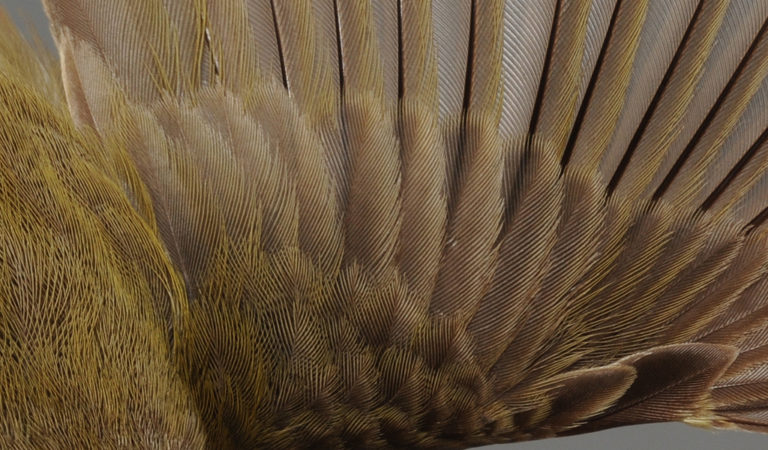
2cy April. LC and MC seem to be a mixture of post-juvenile and pre-breeding feathers, while GC9 is pre-breeding and GC1-8 are juvenile. [SN9916]
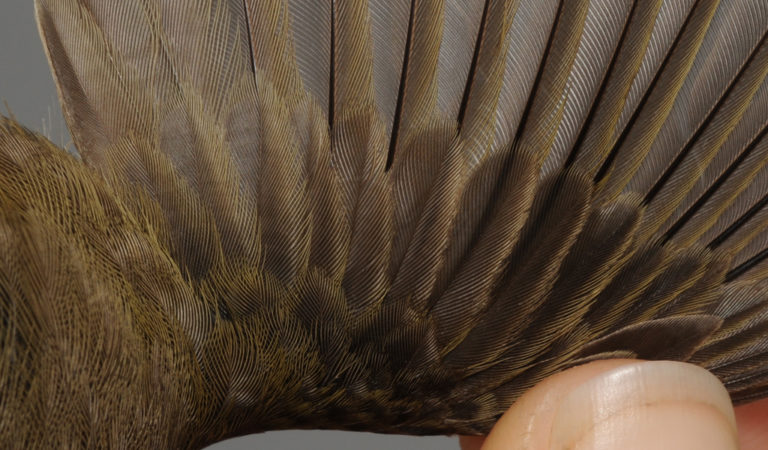
2cy April. LC and MC are pre-breeding while the GC actually contains three generations of feathers: GC9 is pre-breeding, GC7-8 are post-juvenile and GC2-6 are juvenile. Oddly, it seems that GC1 has also been moulted during the winter but, considering that the same goes for the inner two PC, this may perhaps more likely be explained by replacment after an accident, rather than true moult. [SN9944]
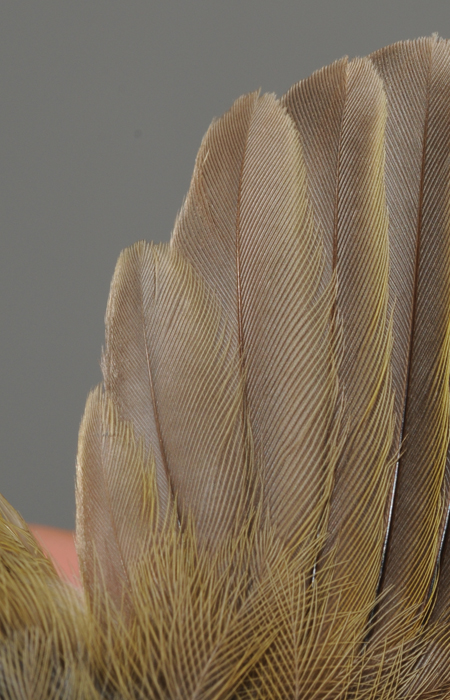
3cy+ April. The central T is pre-breeding while the longest (and probably also the shortest) are post-breeding. [SN9938]
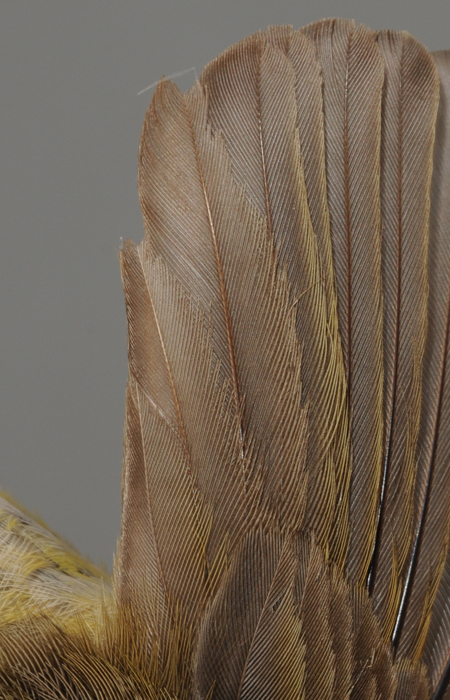
3cy+ June, showing a uniform set of post-breeding TT. Note the increasing wear during breeding period in late spring/early summer. At a first glance, the TT may appear older than the SS, but careful study of the feather tips shows that they are all of the same generation (the heavier wear in the TT is because those feathers are more exposed/less protected in the closed wing). [SS3011]
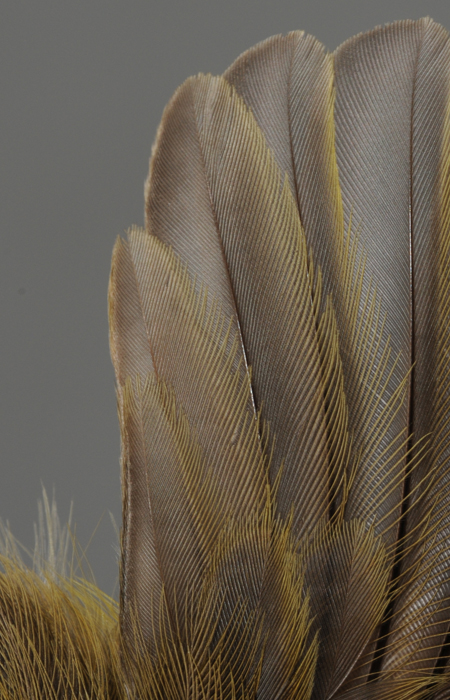
3cy+ April showing a uniform set of post-breeding TT. The feathers may appear surpringsly fresh (indicating pre-breeding generation) but note that they are from the same generation as the SS, which are also unusually fresh in this individual. It is likely that this bird have spent it's winter in a dark and moisty environment (C or N Europe?). [SN9903]
More Phylloscopus collybita:
Ageing autumn
Moult
Ringers’ DigiGuide is sponsored by:
Hemsidan producerad i samarbete med
BirdLife Sverige